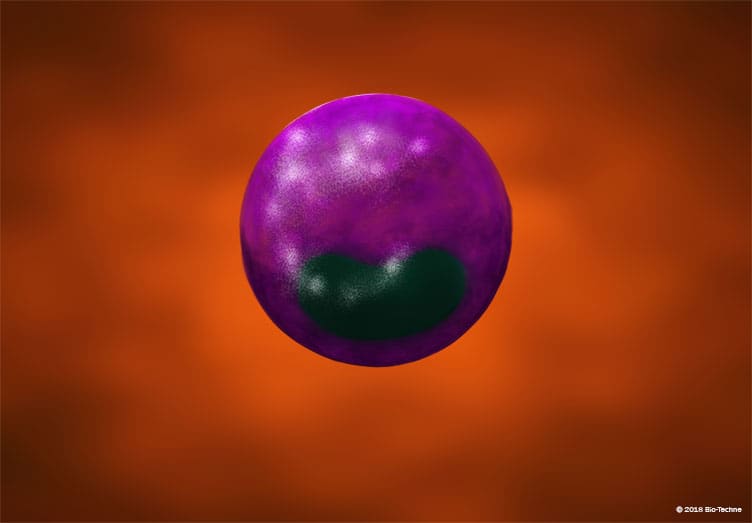Human Non-Classical Monocyte/Mouse Ly-6C- Monocyte Cell Markers
Click on one of the monocyte subsets shown in the buttons below to see the human and/or mouse markers that are commonly used to identify each cell type.

Overview
Ly-6C- monocytes are the second major subset of circulating monocytes in mice. Similar to the Ly-6C+ subset, Ly-6C- monocytes express CD11b, F4/80, and CD115/M-CSF R. In contrast, however, Ly-6C- monocytes lack expression of CD62L/L-Selectin, and express low levels of CCR2 and high levels of CX3CR1. Ly-6C- monocytes have been named patrolling monocytes due to the observation that they adhere to and migrate along the luminal side of endothelial cells in small blood vessels. In humans, non-classical monocytes (CD14+CD16++), along with intermediate monocytes (CD14++CD16+), make up the minor population of human blood monocytes. Together, these two subsets account for approximately 15% or less of the total blood monocyte population. Other than the difference in the relative frequency at which they are found in the blood, human non-classical monocytes resemble mouse Ly-6C- monocytes both in terms of their functions and chemokine receptor expression profiles. Human non-classical monocytes exhibit a patrolling behavior in the blood vessels, have reduced phagocytic capacity, and express high levels of CX3CR1 and low levels of CCR2.
